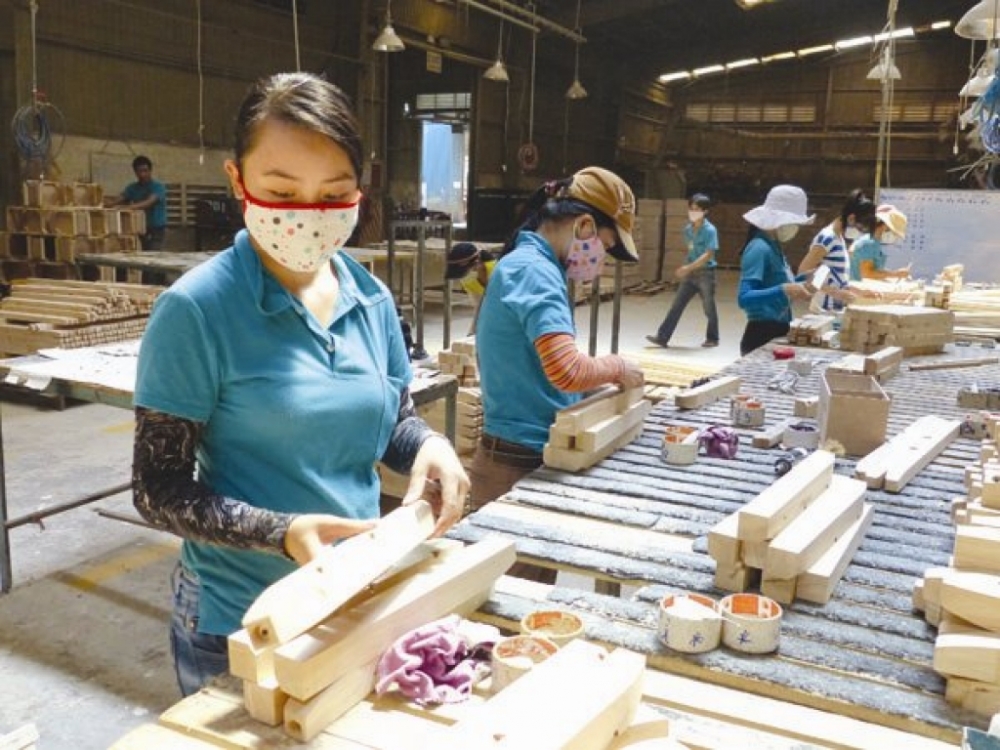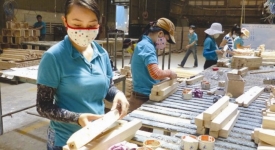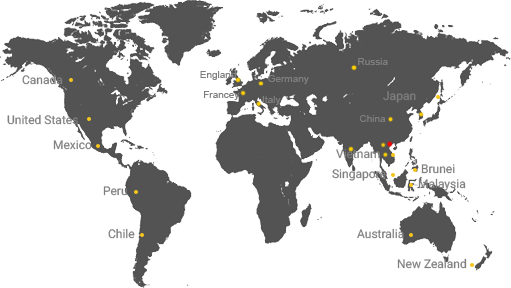
News
Vietnamese firms learning how to take advantage of Pacific Rim trade pact
(VEN) - The ability of Vietnamese enterprises to enjoy the advantages of the Comprehensive and Progressive Agreement for Trans-Pacific Partnership (CPTPP) considerably depends on their pace of reform, institutional capacity and vision.

Opportunities
The CPTPP is a free trade agreement among 11 Pacific Rim countries - Canada, Australia, Brunei, Chile, Japan, Malaysia, Mexico, New Zealand, Peru, Singapore and Vietnam. It took effect almost 18 months ago. Economists say opportunities are there for Vietnamese textile, leather and footwear, wood product and beverage enterprises to boost production and exports to CPTPP markets, import raw materials, accessories, machinery and equipment at reasonable costs from CPTPP countries, and access better logistics and telecommunications services.
Although the Covid-19 pandemic has been slowing down global trade in general and Vietnam’s foreign trade in particular, in the end, preferences of trade agreements, including the CPTPP, are expected to boost domestic production and exports.
The World Bank forecast that Vietnam’s exports to CPTPP markets would increase from US$54 billion to US$80 billion by 2030 to account for one fourth of the country’s export value by that time, with the proportions of leather and footwear, textile and garment, wood product and beverage exports expected to reach 12.5, 16.04, 20 and 23.46 percent, respectively.
Maximizing advantages
Many businesses have taken the initiative in studying the CPTPP, according to Nguyen Anh Duong, Director of the Department for General Economic Issues and Integration Studies at the Central Institute for Economic Management (CIEM). However, businesses have been too concerned about short-term issues, mainly taxes and tax cuts, and have not fully understood rules of origin, sanitary and phytosanitary (SPS) measures and technical barriers to trade (TBT). They also lack information about domestic and foreign suppliers, Duong said.
Businesses need to cope with challenges, improve competitiveness and harmonize the CPTPP implementation with other integration issues to make the most of the treaty’s benefits, Duong said.
Dr. Vo Tri Thanh, Director of the Research Institute for Brand and Competitiveness Strategy, said that apart from enterprises’ efforts, Vietnam must improve its legal framework in compliance with its commitments, realize commitments and even do more than that to reach sustainable economic development, solve problems, encourage businesses, especially small and medium-sized enterprises, to develop, and help them minimize costs.
The Ministry of Industry and Trade issued guidelines for implementing the CPTPP’s regulations on the origin of goods and made amendments in compliance with the agreement. Most recently, the ministry issued Circular 06/2020/TT-BCT amending and supplementing Circular 03/2019/TT-BCT on rules of origin of goods to facilitate exports to some CPTPP markets.
| The Ministry of Industry and Trade has launched Vietnam’s official CPTPP website, which provides regular updates on the agreement, its implementation, and the commitments of Vietnam and other signatories. |
Phuong Huong










 VIETNAM: +84.949.518.000
VIETNAM: +84.949.518.000  info@vinaship.asia
info@vinaship.asia